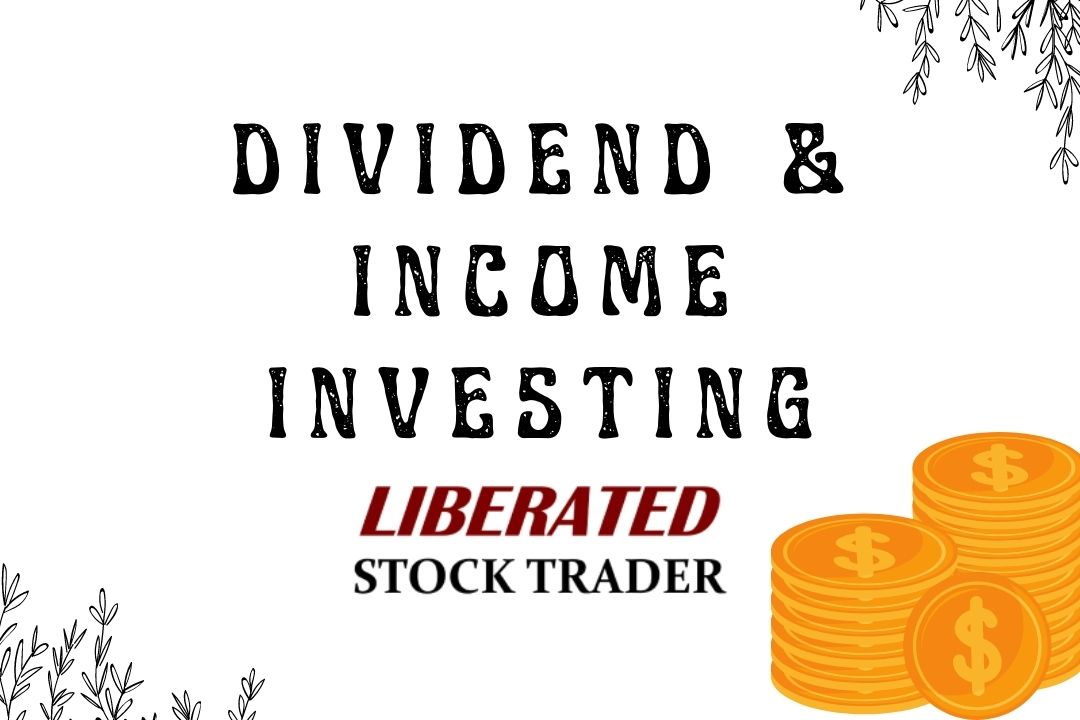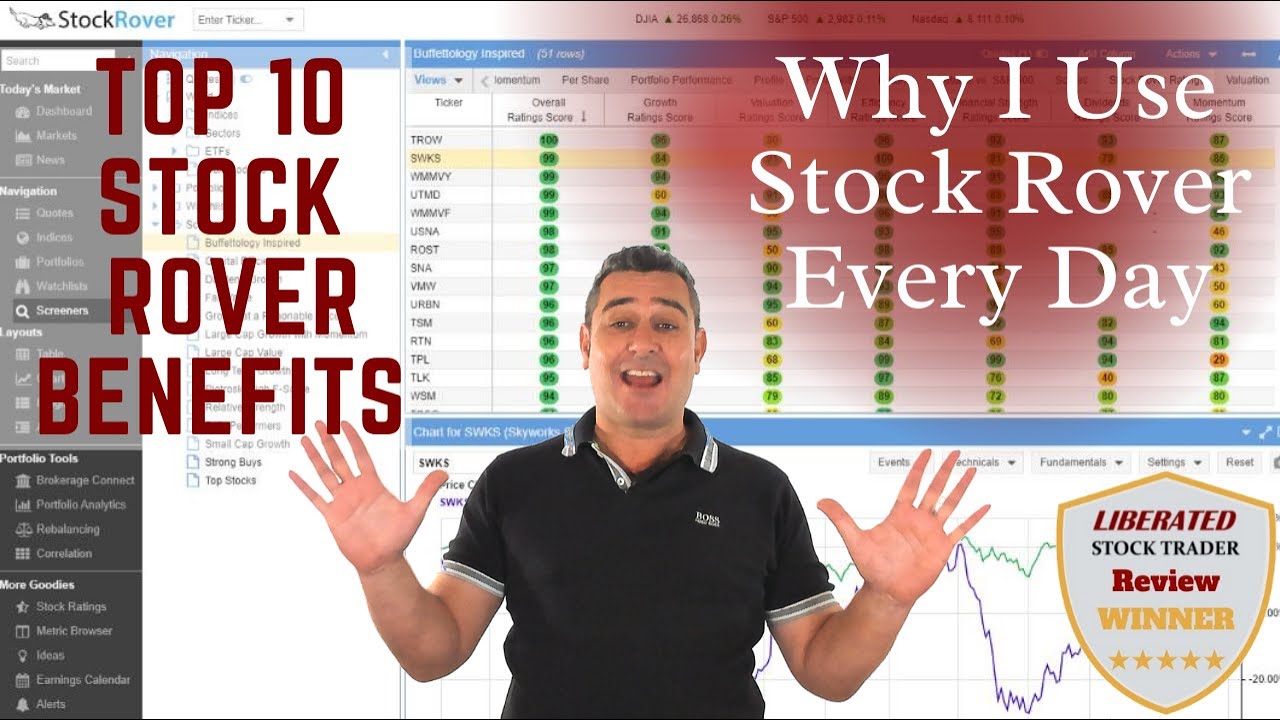Preferred stock dividends are a form of payment made to preferred stock shareholders. Preferred stock is a type of ownership in a company granting privileges such as priority over common stockholders in the event of bankruptcy or liquidation.
What is Preferred Stock?
Preferred stock is a type of stock that provides investors with regular dividend payments, often in the form of cash dividends. It differs from common stock in that it usually carries no voting rights and is not subject to dilution due to additional issuances. Preferred stockholders are also paid before common shareholders when dividends are declared.
Preferred stocks are an investment type that falls between bonds and common stocks regarding risk and return. They offer investors a fixed dividend payment, usually at a higher rate than what is offered for common stocks but lower than bond yields. This makes them an attractive option for those looking for more stable income streams while still having some growth potential.

Preferred & Common Stock Differences
One key difference between preferred stock dividends and common stock dividends is that preferred stockholders have priority over common stockholders when receiving dividend payments. If a company needs to cut its dividend payments, preferred shareholders will receive their payments before common shareholders.
Another advantage of preferred stocks is that they typically have a fixed maturity date. This means that the company will redeem or buy back the stock at a specific price on a specific date. This can give investors more certainty and stability in their investments compared to common stocks, which do not have a maturity date.
However, there are also some risks associated with investing in preferred stocks. Unlike bonds, preferred stocks do not have any collateral backing them up, so if the issuing company goes bankrupt, preferred shareholders may not receive the full amount of their investment back.
Investing In Stocks Can Be Complicated, Stock Rover Makes It Easy.
Stock Rover is our #1 rated stock investing tool for:
★ Growth Investing - With industry Leading Research Reports ★
★ Value Investing - Find Value Stocks Using Warren Buffett's Strategies ★
★ Income Investing - Harvest Safe Regular Dividends from Stocks ★

"I have been researching and investing in stocks for 20 years! I now manage all my stock investments using Stock Rover." Barry D. Moore - Founder: LiberatedStockTrader.com
10 Ways Preferred Stock is Special
- Higher Yields: Preferred stock yields are typically higher than common stock dividends, making them an attractive source of income for investors.
- Tax Advantages: Preferred stock dividends have a more favorable tax treatment than their ordinary counterparts and may be eligible for qualified dividend treatment.
- Stability: Preferred stocks can provide investors with a steady income stream as they tend to be less volatile than common stock.
- Liquidity: Preferred stocks are usually highly liquid and can be easily bought or sold on the secondary market.
- Conversion Rights: Certain preferred stocks have conversion rights, allowing investors to convert their holdings into a predetermined number of common shares at any time. This feature may allow investors to benefit from common stock price increases.
- Priority Claim: Preferred stocks have priority over common stocks when a company declares bankruptcy or makes distributions to shareholders. This means preferred shareholders are first in line for dividend payments, liquidation preferences, and other benefits during such situations.
- Low Cost of Entry: Preferred stocks provide investors an easy way to enter the stock market at a relatively low cost. Since preferred stocks usually have lower prices and dividend payments than common stocks, they may be a good option for investors just starting.
- Dividend Payouts: Preferred dividends are generally fixed and paid out regularly, unlike common stock dividends, which fluctuate depending on company performance. Investors should research the company’s dividend history to determine if the preferred stock will likely pay future dividends.
- Portfolio Diversification: Preferred stocks can be used to diversify a portfolio and reduce overall risk since they tend to be low-volatility compared to common stocks. This makes them a good option for investors aiming for long-term capital growth.
- Liquidity: Preferred stocks may be more difficult to buy and sell than common stocks, as they usually have less liquidity in the market. This means closing a sale or purchasing a preferred stock may take longer than a common one. Investors should also consider liquidity risk when making an investment decision, as this could result.
Preferred Stock is Different
Preferred stock differs from regular stock in the following ways.
- You get no voting rights at the annual general meeting
- Callability – The stocks can be called back at any time, and if the Stocks are called back, you may miss some of the premium value in the stock, as they will be paid at the Par Value stated in the Financial Prospectus.
- Preferred stock is, therefore, more like a bond than a regular stock
- Limited Stock Price Appreciation: a preferred stock typically fluctuates 10% up or down around the principal price; this is positive and negative. Positive for predictability, negative for price appreciation profits.
- Preferred stock also tends to pay a significantly higher dividend than normal stocks.
Preferred Stock Dividend Is Different, too!
Whereas normal dividend yield is calculated by dividing the annual dividend per share by the share price on the specific date (dividend ex-date), the preferred dividend yield is very different in how it is calculated and the increased return it can provide.
Preferred Stock Dividend Calculation
When the preferred stock is initially offered to prospective investors (specified in the financial prospectus), everything is fixed and set in stone. The offering is at Par Value.
This means that the intrinsic value of the preferred stock is $10, as in the example above. The preferred stock value may fluctuate a little but not much due to the callability of the stock, as mentioned previously.
The Dividend Rate is also set in stone in the prospectus; in the example below, it is $0.80 or 80 cents per preferred share.
Calculating Regular Dividend Yield
| Calculation – Regular Stock Dividend Yield | Example |
| Dividend Per Share / Current Share Price = Dividend Yield | $2 / $40 = 5% |
Table 1
Calculating Preferred Stock Dividend
| Calculation – Preferred Stock Dividend Yield | Example |
| Dividend Rate / Preferred Stock Par Value = Dividend Yield | $0.80 / $10 = 8% |
Table 2
Is Preferred Stock Better as a Dividend Investment?
For an Income Investor, you are looking for an investment that presents a better profit than treasury, corporate bonds, or a current account/money market account. However, you also want investment security similar to a treasury or corporate bond.
Also, because preferred stock must accrue dividends if unpaid and legally be paid out before the regular stockholders get their dividends, you are higher up the pecking order and have an increased security element.
Preferred stock is the bridge between both worlds.
Are there any problems with Preferred Stock Dividends?
Although preferred stock may seem like an ideal investment for income investors, it is important to note that there are some potential drawbacks regarding dividends. One major issue is that preferred stock dividends are not guaranteed and can be reduced or suspended by the company at any time.
Additionally, the dividend yield of preferred stock is fixed, meaning that if interest rates rise, the yield may become less attractive than other investments. There is also a risk of inflation eroding the value of these fixed payments over time.
Furthermore, unlike regular stocks, which typically increase in value as the company grows, preferred stock does not have this same potential for capital appreciation. You may miss out on potential gains if the company’s stock price increases significantly.
The market value is too High.
Please do not buy a preferred stock at a significantly higher price than its Par Value, as this will specifically reduce your dividend yield.
Your preferred stock dividend yield depends entirely on the price at which you purchased the preferred stock on the open market.
Preferred Stock Dividend Yield Calculation Based on Open Market Price
| Calculation – Preferred Stock Dividend Yield | Example |
| Dividend Rate / Preferred Stock Price You Paid = Your Dividend Yield | $0.80 / $15 = 5.3% |
Table 3
In this example, you can see that if you purchased the preferred stock at 50% over the nominal par value price ($15 market price vs. $10 Par Value at issuance), then your dividend yield will reduce to 5.3%, which is very similar to the regular dividend yield in table 1.
The downside is that you overpaid for the preferred stock and will now receive dividends on a par with regular stockholders, but not the main benefit regular stockholders have, which is long-term stock price appreciation.
Inflation is too High.
In a high-inflation situation, for example, when inflation is at 9% (something millennials in the U.S. or U.K. have never witnessed), the preferred stock purchase for dividends may make little sense compared to Government Bonds.
When you consider Table 2 with a return of 8% compared to inflation of 9%, you would be losing money.
However, as the primary objective of the modern developed world central bank is to control inflation, this is not something to worry about in the near to mid-term future.
Are Preferred Stock Dividends Guaranteed?
Preferred Stock Dividends are not guaranteed in the strictest sense. But you do have certain guarantees.
- You will be paid your dividend before regular stockholders
- Unlike regular stockholders, your missed dividends will accumulate if a quarter is missed due to bad business performance
- Your accumulated dividend must be paid before regular stockholders get a dividend.
- If the company goes into liquidation, you will be behind bondholders but ahead of regular shareholders for a portion of the company’s liquidation value.
So, in short, it is not guaranteed, but you are more likely to receive your payout.
Summary
As a retired investor who still wants to continue growing their wealth or to balance out their portfolio with income generation, preferred stock specifically purchased for dividends is seriously worth considering.
You need to do your calculations up front, but otherwise, enjoy being a preferred investor.
You want to be a successful stock investor but don’t know where to start.
Learning stock market investing on your own can be overwhelming. There’s so much information out there, and it’s hard to know what’s true and what’s not.
Liberated Stock Trader Pro Investing Course
Our pro investing classes are the perfect way to learn stock investing. You will learn everything you need to know about financial analysis, charts, stock screening, and portfolio building so you can start building wealth today.
★ 16 Hours of Video Lessons + eBook ★
★ Complete Financial Analysis Lessons ★
★ 6 Proven Investing Strategies ★
★ Professional Grade Stock Chart Analysis Classes ★

